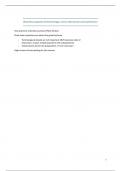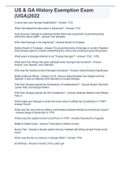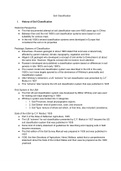Resume
Summary Micro-elektronics and Photonics
- Établissement
- Vrije Universiteit Brussel (VUB)
Course given by Marie Grüber at the VUB. This is a full summary of her course with all of the guest lectures (which are the biggest part of this summary :p) and all of my notes taken during every lecture, except for the Marc Goldchstein lecture (but the prof said everything was very clear in the p...
[Montrer plus]












